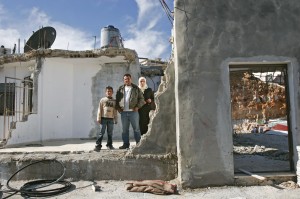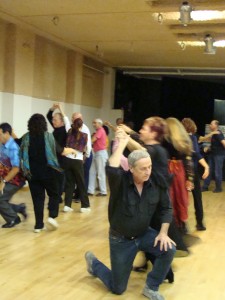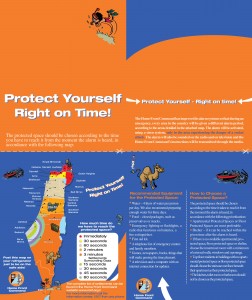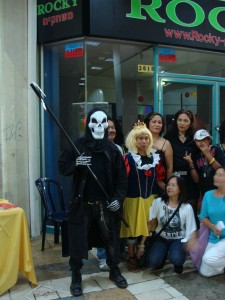 The Jerusalem Post, October 30, 2009
The Jerusalem Post, October 30, 2009
A Star-of-David-wearing Batman chased a Hebrew-speaking Spiderman. The pair wove their way through a crowd of dancing ghouls, singing witches, and smiling princesses—including a blonde Snow White. Orange balloons bobbed overhead and children toted pumpkin-shaped plastic buckets full of candy, reminding the partygoer that it wasn’t Purim, it was Halloween.
Although the Saturday night party was hosted by Israel’s Ilonggo tribe, comprised of Filipinos who hail from the Iloilo province, foreign workers and families from all over the Philippines received a warm welcome from the group’s president, Victor Soriano. The Embassy of the Philippine’s Labor Attach, Miriam Cuasay, also greeted the crowd at a nightclub in Tel Aviv’s Tachana Merkazit.
Some Filipino traditions echo those practiced by Americans. As in the United States, many Filipino children go trick-or-treating. And families often hold costume parties on October 31.
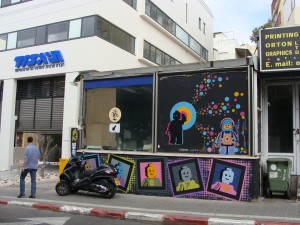
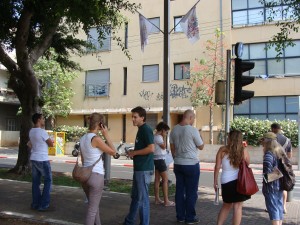
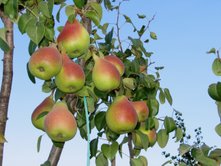
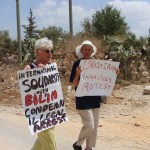 The Palestinian village of Bil’in, located in the West Bank, is a flashpoint for the Arab-Israeli conflict. Since 2005, Bil’in has been the site of Friday demonstrations attended by hundreds of Palestinians, Israelis, and internationals in protest of the impending construction of the separation wall, the division of Palestinian-owned land, as well as the continued building of Israeli settlements. According to the protestors and Palestinians the barbed wire security fence, which serves as a temporary separation, also prevents farmers from accessing their land.
The Palestinian village of Bil’in, located in the West Bank, is a flashpoint for the Arab-Israeli conflict. Since 2005, Bil’in has been the site of Friday demonstrations attended by hundreds of Palestinians, Israelis, and internationals in protest of the impending construction of the separation wall, the division of Palestinian-owned land, as well as the continued building of Israeli settlements. According to the protestors and Palestinians the barbed wire security fence, which serves as a temporary separation, also prevents farmers from accessing their land.